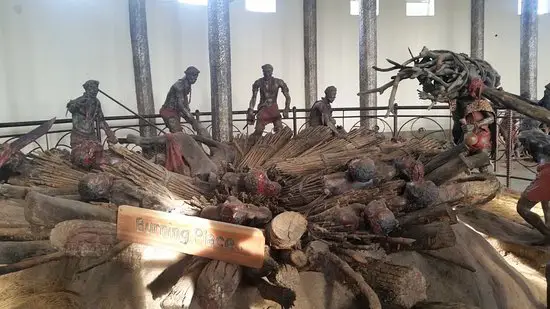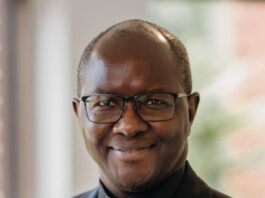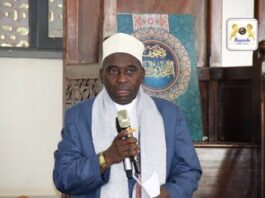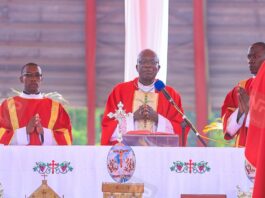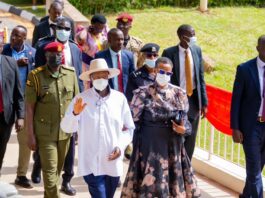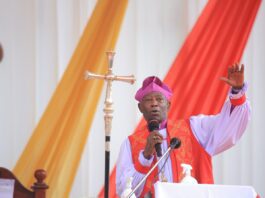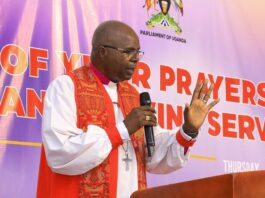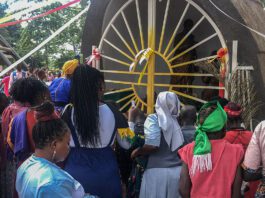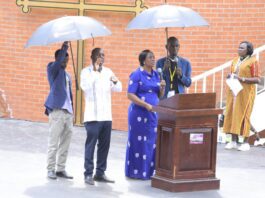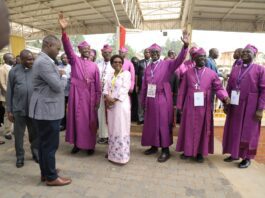The Uganda martyrs are commemorated on June 1st and 3rd every year for Muslims and Christians, respectively, and it is honored as a public holiday in Uganda. The day attracts thousands of pilgrims to the Uganda Martyrs Shrine in Namugongo, Wakiso district.
Muslims and Christians in Uganda and across the world celebrate the martyrs who were executed on the orders of Kabaka Mwanga II of the Buganda Kingdom due to their refusal to renounce their faith and their resistance to the king’s sexual advances. Their story is a significant chapter in the history of Christianity in Uganda and the world at large.
The Uganda Martyrs are a group of 103 Muslims, as well as 23 Anglicans and 22 Catholic converts to Christianity in the historical kingdom of Buganda. The Muslim Martyrs were executed in 1979, while the Christian Martyrs were executed between 1885 and 1887.
The Uganda Martyrs are remembered for their unwavering bravery, courage, and faith. Their refusal to renounce their Christian beliefs, even under threat of death, serves as a powerful testament to the strength of faith and conviction among believers across the world. Their deaths had a profound impact on the spread of Christianity in Uganda. The Catholic Church declared the 22 Catholic martyrs as saints in 1964, and the Anglican Church honors the 23 Anglican martyrs with a feast day.
Celebrating the martyrs is crucial to Uganda’s history and cultural identity because it helps to preserve and honor this significant chapter in the country’s past, fosters a sense of national identity and pride, and thus promotes religious tolerance and the right to freedom of belief. By commemorating their sacrifice, Christians are reminded of the value of religious freedom and the need to respect diverse beliefs.
Uganda Martyrs hold deep spiritual significance as saints who provide a source of inspiration and intercession and promote unity and solidarity by bringing thousands of people from different parts of Uganda and around the world to their faith.
Celebrations and commemorations of the Uganda martyrs also provide an opportunity for education in regards to the historical events and the values Uganda martyrs held, thus giving hope, faith, and courage to the younger generation about their heritage and the importance of standing up for one’s beliefs.
A Brief History of Uganda Martyrs’ Execution by Buganda’s Kabaka Mwanga
Buganda was a powerful kingdom in East Africa, and the arrival of Christian missionaries, along with Islamic and indigenous religious influences, created a complex religious aspect. Kabaka Mwanga II, who ruled from 1884 to 1888, saw the growing Christian influence as a threat to his authority and traditional values and ordered the martyrs to be killed.
Kabaka Mwanga II ordered the execution of the Anglican Bishop, James Hannington, on October 29, 1885; he was seen as a direct threat for entering Buganda from the east. The Kabaka’s anger towards Christians grew, and in June 1886, Mwanga ordered the execution of a group of his Christians in Namugongo.
According to SCP Fred Enanga, the Uganda Police Spokesperson, approximately three million pilgrims from within and outside Uganda attended the celebrations of Uganda Martyrs Day in 2023, marking the largest gathering in its history of celebrating Uganda Martyrs in Namugongo.
Although some pilgrims have already arrived at Namugongo, thousands of others are still on their way. On the side of Anglicans, the Rwenzori cluster of the Church of Uganda, which is made up of six dioceses, is expected to lead this year’s Martyrs Day celebration at the Namugongo Martyrs Anglican Site on June 3, 2024.

